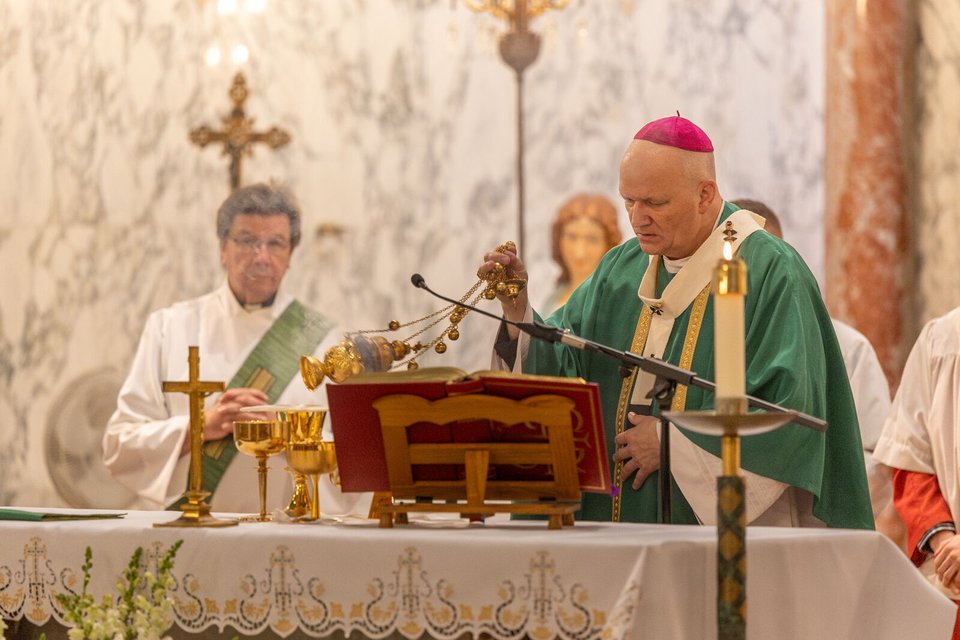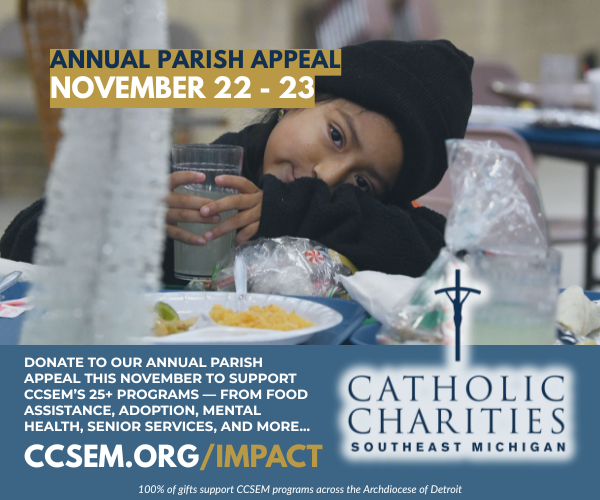St. Lucy in Troy is Croatian community's third location in southeast Michigan, succeeding two locations in Detroit
TROY — For 100 years, Detroit’s Croatian Catholic community has gathered to give witness to a faith that has fortified them through trials and has lifted them through triumphs.
The local Croatian Catholic community has gone through a series of changes from its humble beginnings as St. Jerome Croatian Catholic Church on Melbourne Street in Detroit in 1924, to its current location as St. Lucy Croatian Catholic Church on East Wattles Road in Troy.
But its commitment to preaching the Gospel — as their ancestors have done since they first arrived in the United States — remains.
On Oct. 19, the entire community celebrated that commitment with help from Detroit Archbishop Allen H. Vigneron, who readily admitted he wasn’t prepared to celebrate Mass or preach in Croatian, but did highlight the gifts the Croatian-American community has given to the local church.
“To prepare for this occasion, I refreshed myself on the history of the church in Croatia, and of course, it’s a history of great fidelity,” Archbishop Vigneron said. “Fidelity going back to the Roman Empire, fidelity to the See of Peter during times of pressure when the Church was tempted by schism, fidelity to Jesus Christ during the oppression of the Ottomans, and not long ago, fidelity to Christ during an atheistic regime.
“Your presence here in our midst in Michigan is a witness to this great gift of fidelity, and I give God thanks and praise for that,” Archbishop Vigneron said.
Croatian immigrants began moving to Detroit in the early 1900s, drawn in by the booming automotive industry.
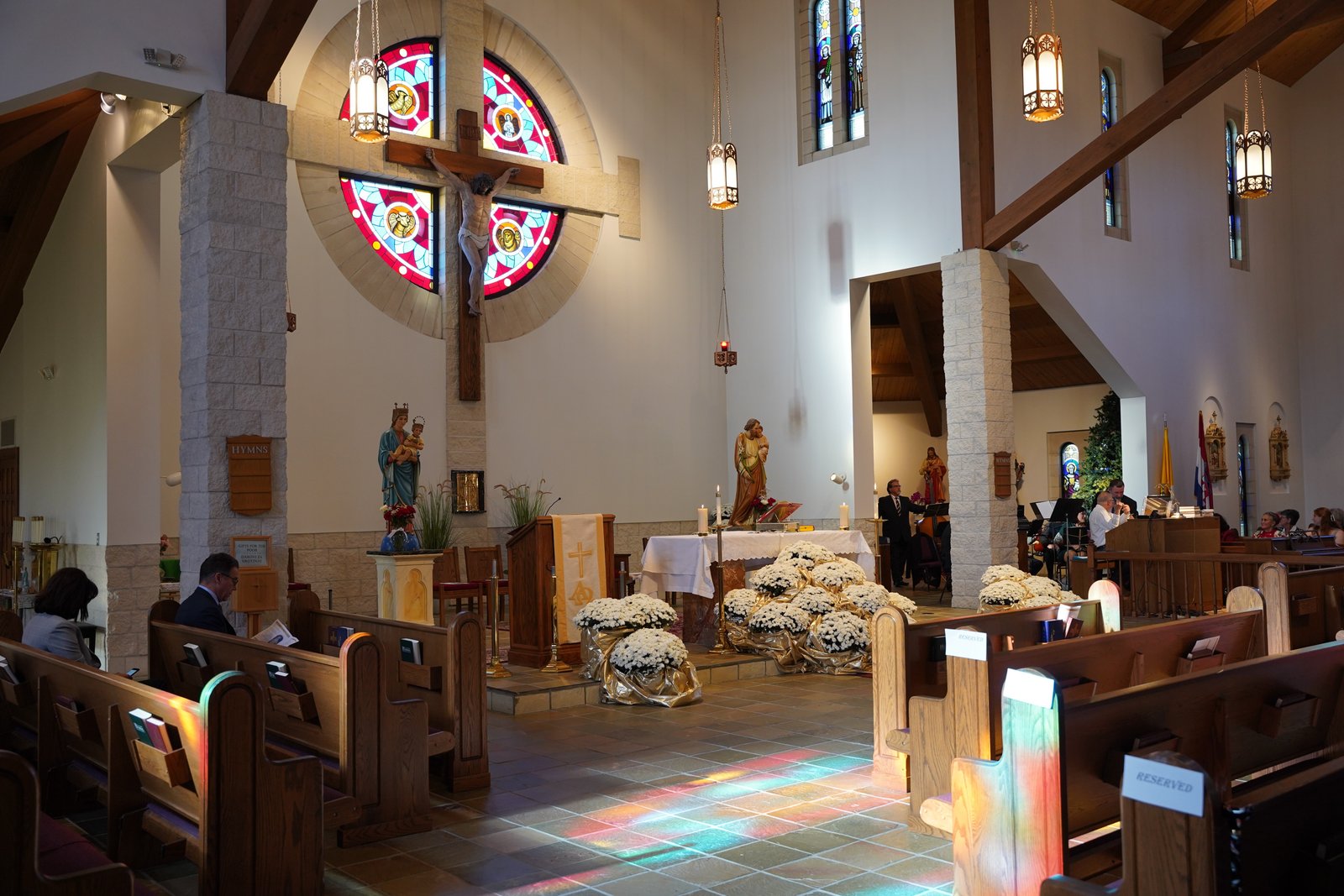
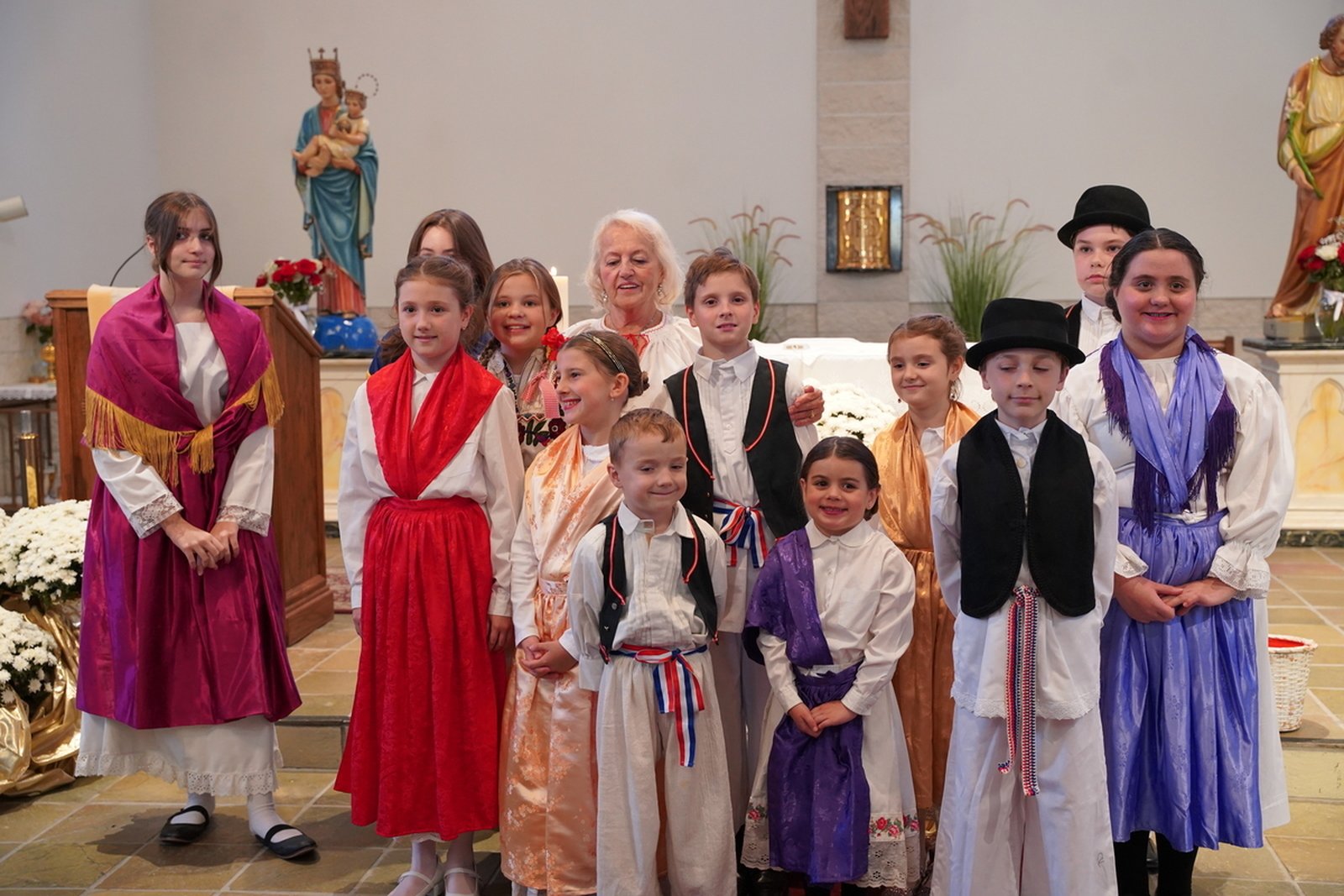
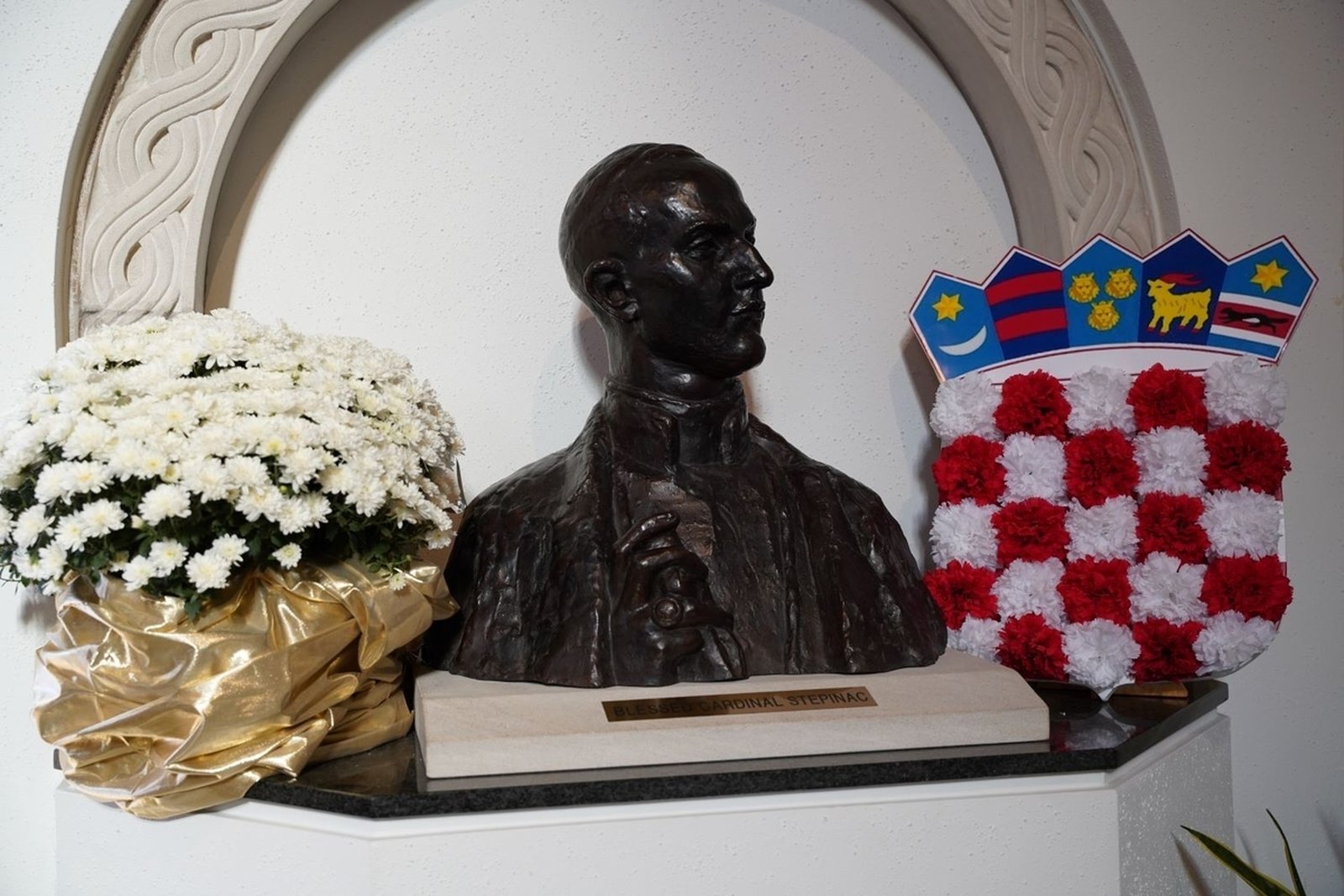
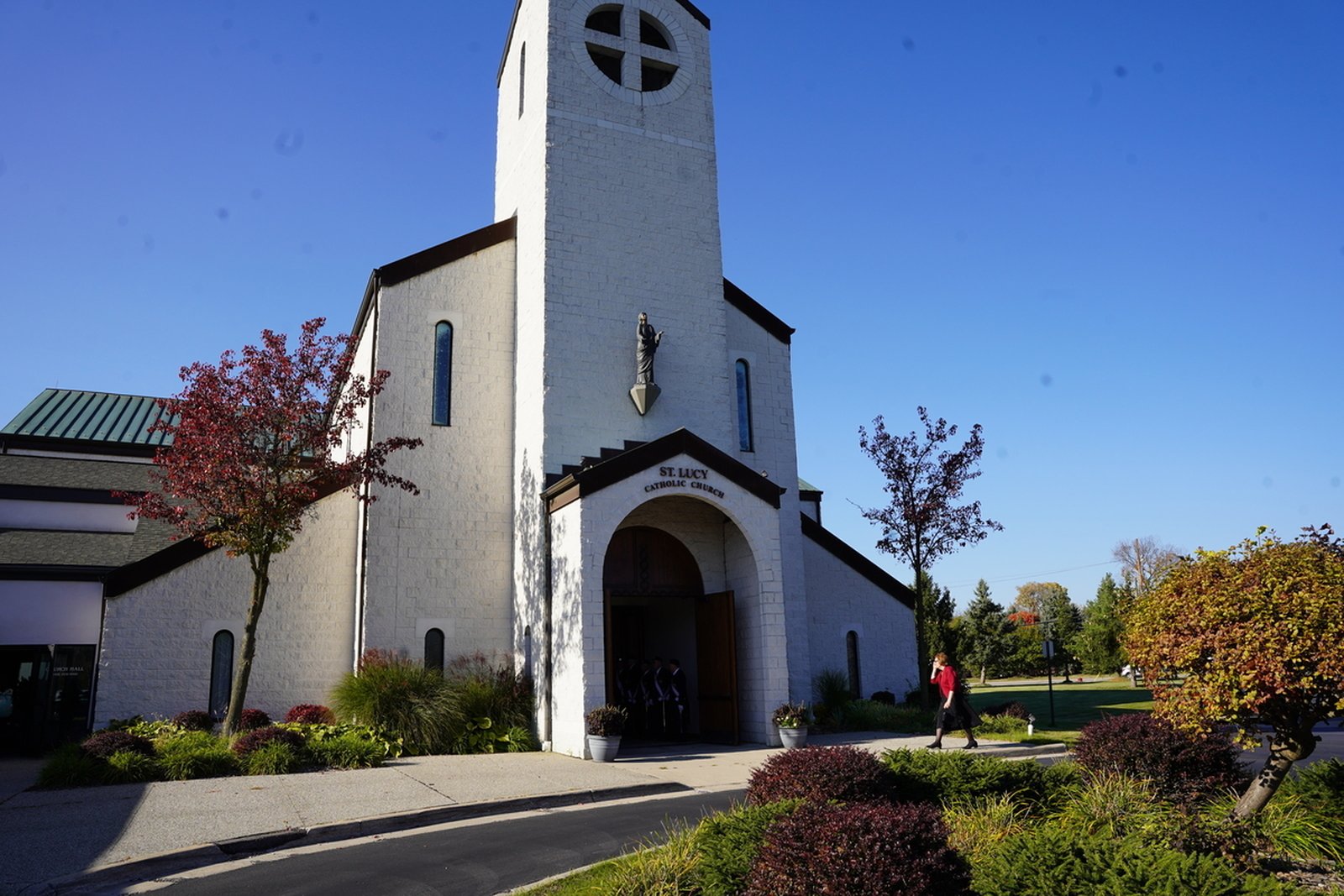
Further immigration was spurred by World War I, which saw the fall of the Austro-Hungarian Empire and a political power vacuum that led to the State of Slovenes, Croats, and Serbs, which was subsequently united with the Kingdom of Serbia, which over time became Yugoslavia, ending hopes of Croatian independence.
Amidst the turmoil back home, the Croatian immigration into Detroit continued to grow until the community could support its own parish.
Fr. Oskar Suster arrived in Detroit in 1923, and one year later, the local Croatian community purchased an Anglican church on the corner of Melbourne Street and Oakland Avenue and named it St. Jerome Croatian Catholic Church. The edifice still stands as Nazarene Missionary Baptist Church.
The parish continued to grow, so Fr. Suster, who led the parish from 1923 to 1960, directed associate pastor Fr. Viktor Stefanac to build a new church on Eight Mile Road.
St. Jerome Parish moved to Eight Mile Road in 1955, where they stayed until 1996, when it moved to its current location on East Wattles Road in Troy, and the parish was renamed St. Lucy at the request of a benefactor.
Statues, bells and Stations of the Cross were moved from the St. Jerome location to the St. Lucy location, including a statue of the Madonna and Child that graced the parish’s grotto on Eight Mile.
The grotto itself could not be moved, but still stands next to the church on Eight Mile, which is now Greater Mount Olive Baptist Church.
Through all that history, including three separate locations where the Detroit-area Croatian community gathered in prayer, Archbishop Vigneron asked the congregation think of the 100 years of baptisms, first Communions, reconciliations, marriages and funerals that have brought many blessings and graces upon the community.
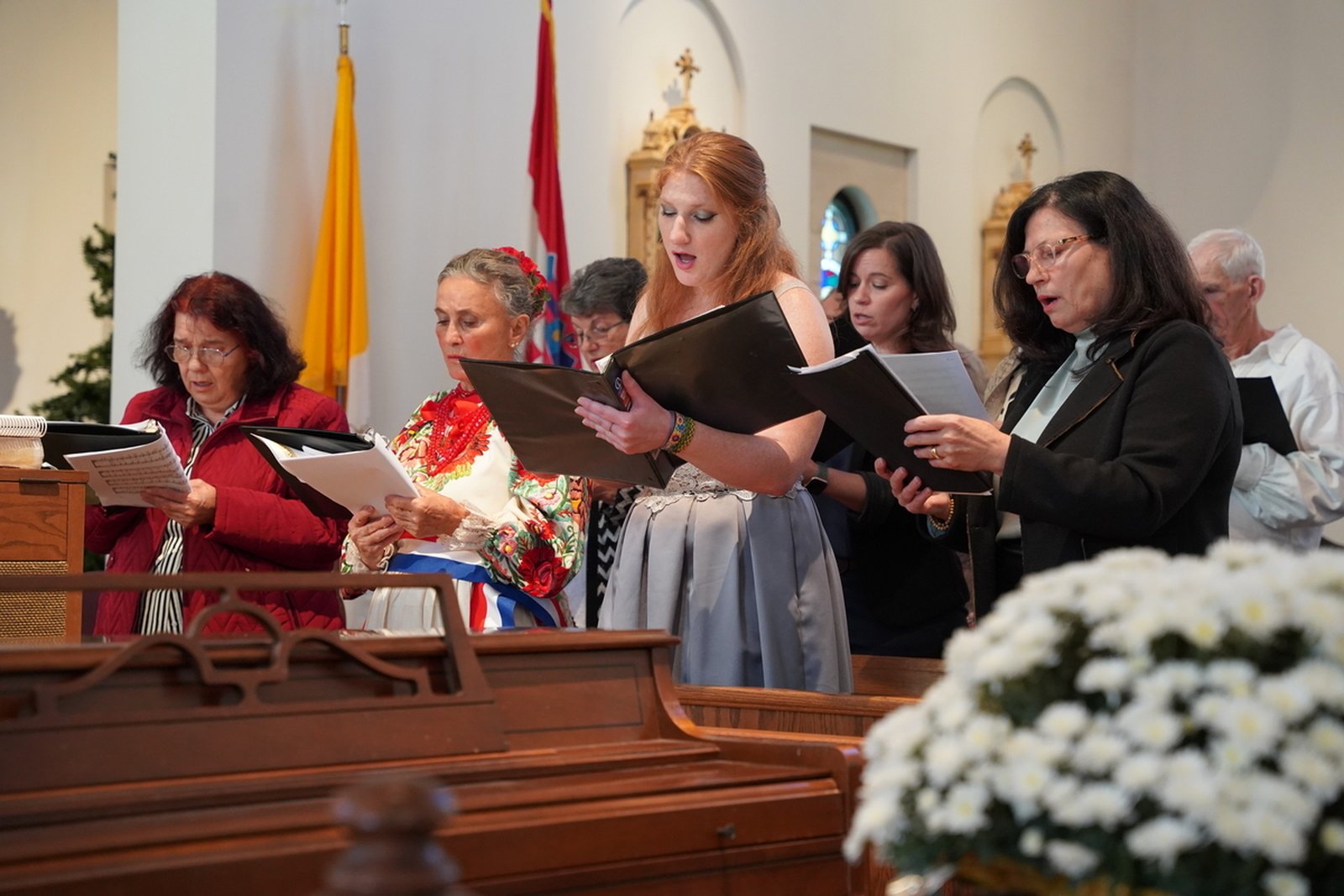
“And if by those memories, or even your imagination, casting yourself back 100 years ago, you’ll have some sense about the graces poured out on your congregation, you’ll have a sense about what we are about today,” Archbishop Vigneron said. “This celebration about the century of St. Lucy is not a civic celebration where we go to a library, or we stand at a bridge and recall things of the past. Yes, we do recall the past, but our specific responsibility is that God brought you all here tonight, the Holy Spirit brought you here, to give thanks to God the Father for the ways He has loved this congregation, the way He has led the members of this congregation to grow in holiness and to be prepared in the kingdom of God.”
Archbishop Vigneron ended his homily by asking the community to think of those 100 years of blessings — particularly during the Preface in Mass — when he asked the congregation to lift up their hearts as the bread and wine offered are transformed into the Body and Blood of Jesus Christ.
“We understand what St. Lucy’s Parish is, whether it is here or St. Jerome’s on Eight Mile, or at any other place, that here the Croatian Catholics in southeast Michigan have a privileged place for proclaiming to the world that Jesus Christ has died, risen and for training its members to live in imitation of this grace,” Archbishop Vigneron said. "So, all the sacraments I have asked you to think about that have taken place in this parish, think about how they have transformed this community, and how in turn, this community has transformed our region.”
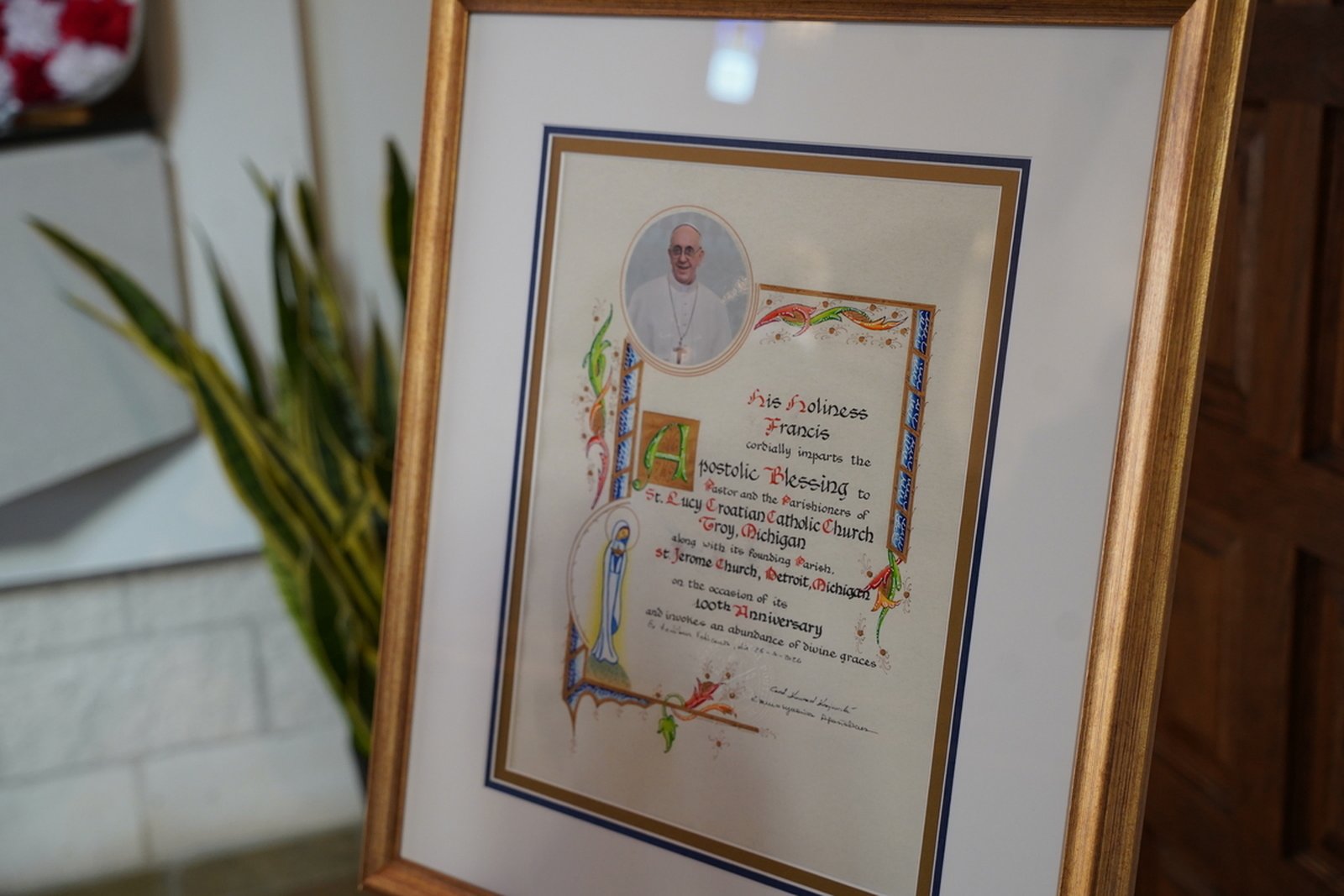
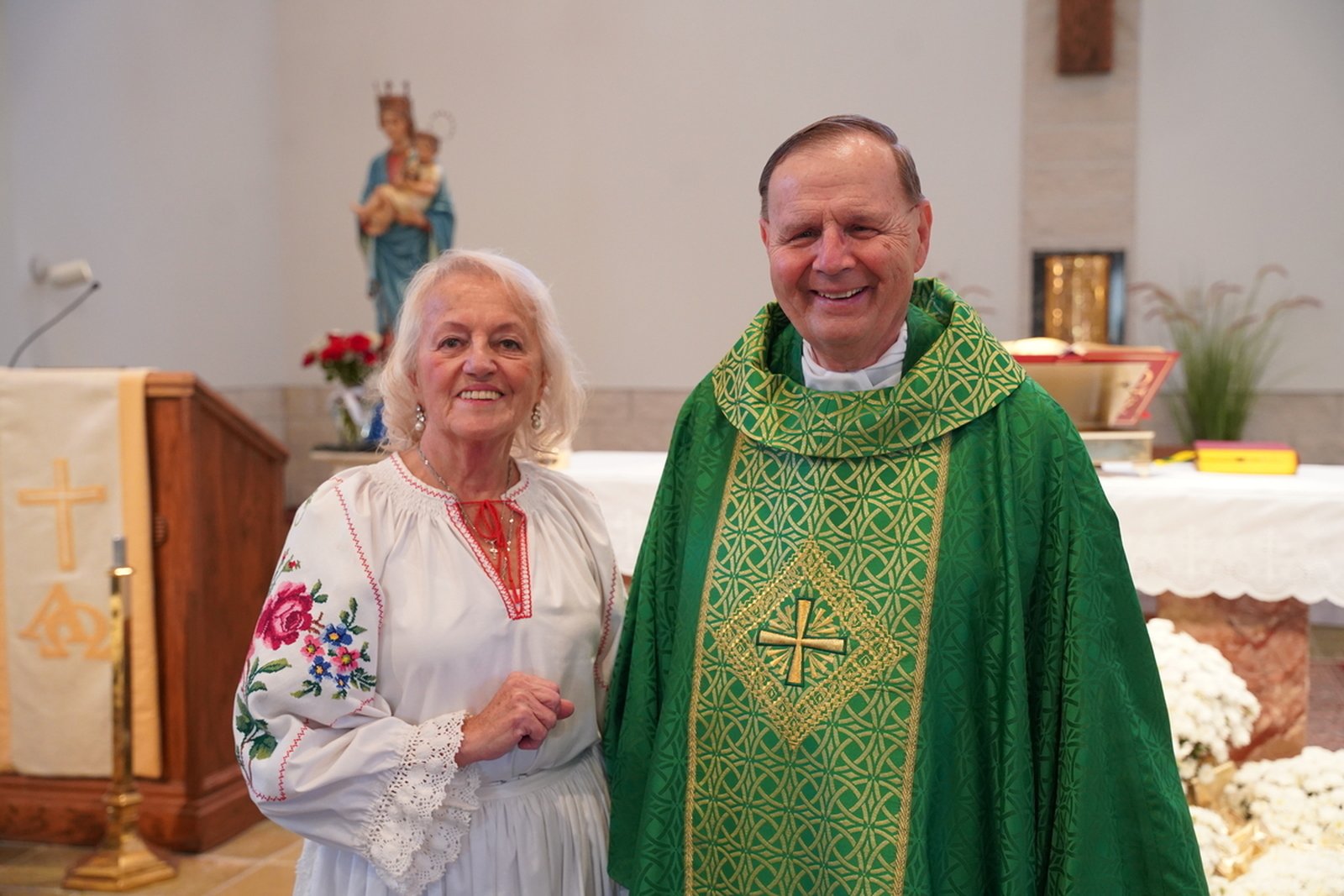
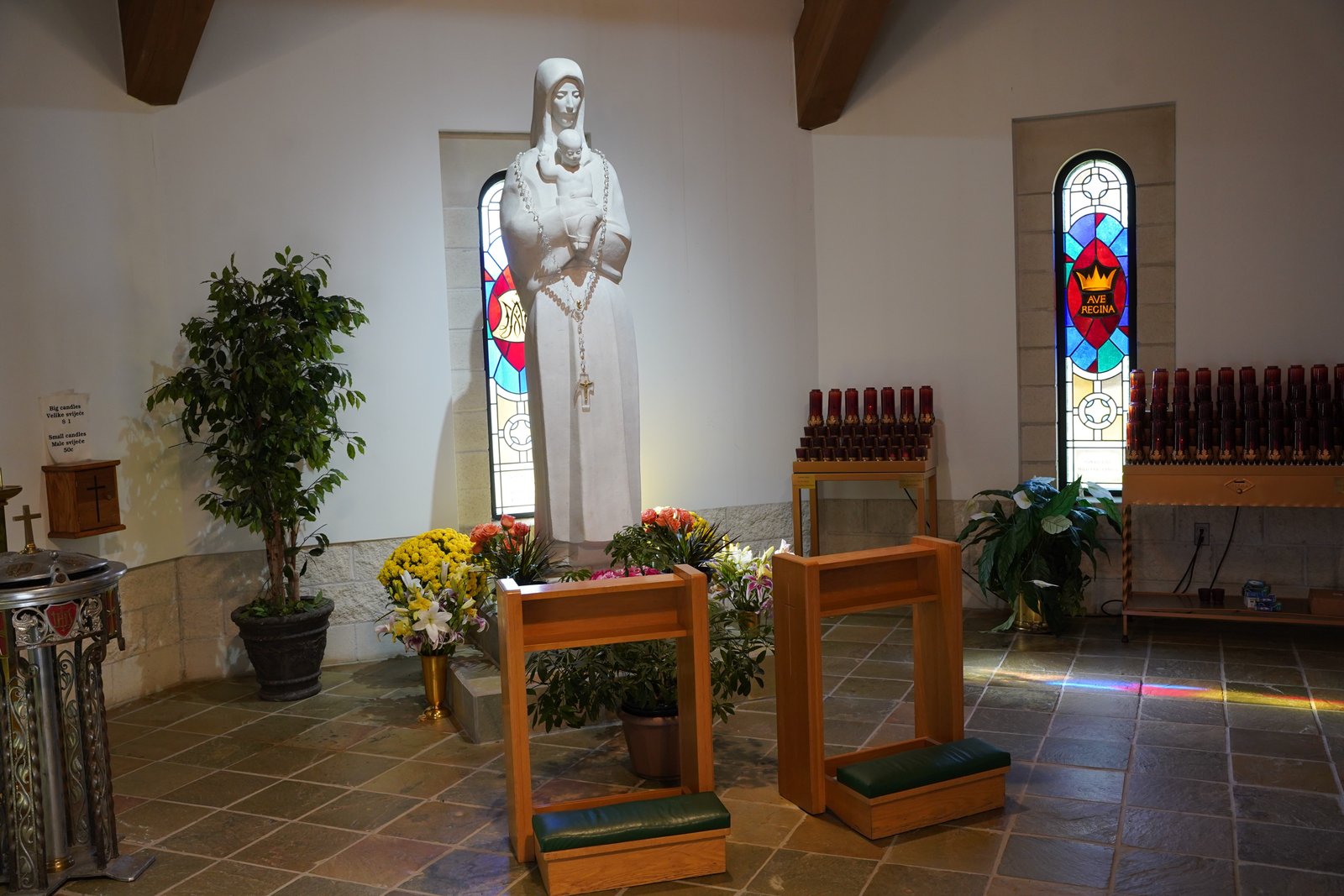
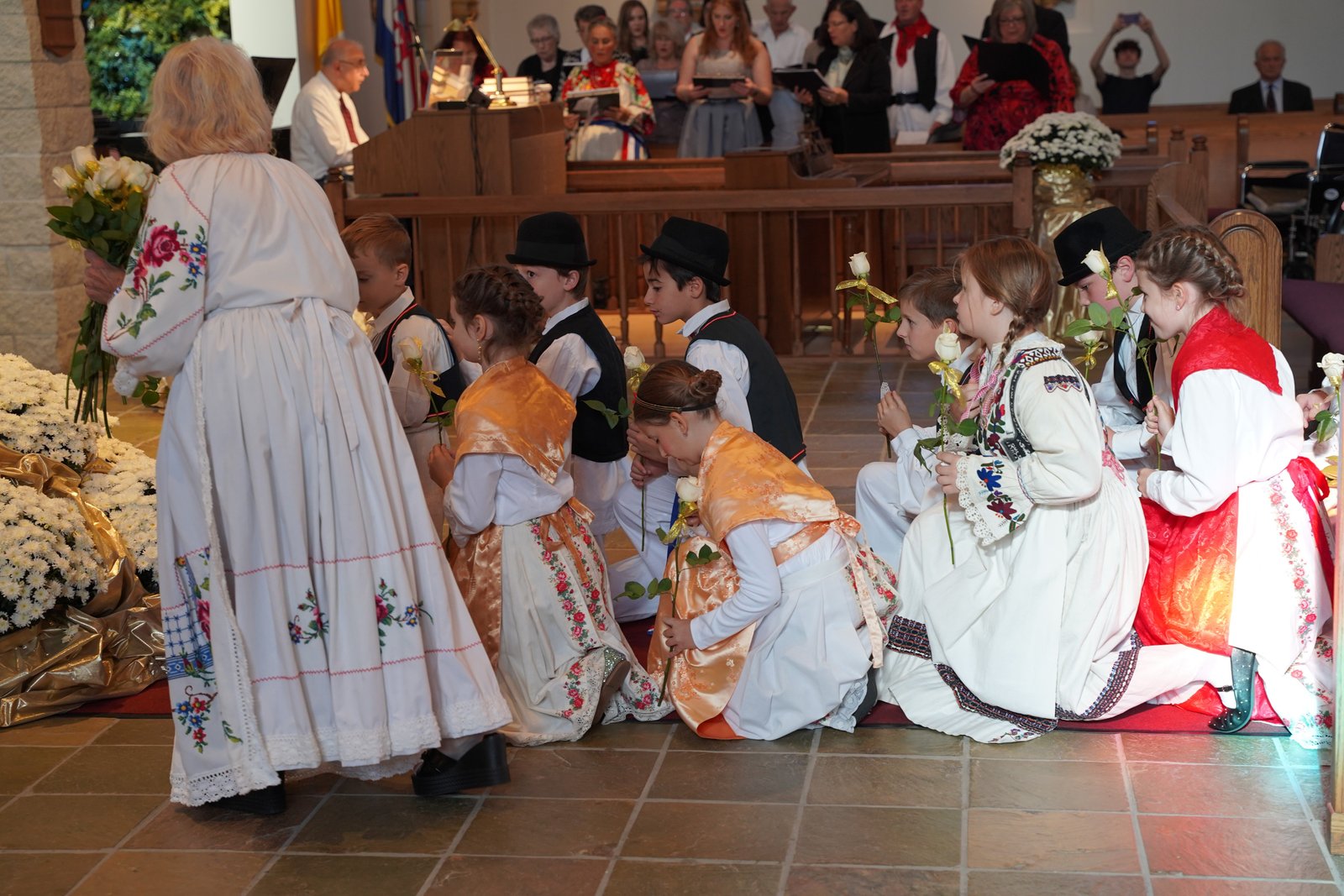
Rudy Gerich, past president of the St. Lucy parish council, addressed Archbishop Vigneron and the congregation after Mass, thanking the archbishop, who brought with him a plaque commemorating a blessing from Pope Francis to St. Lucy Parish for its 100th anniversary, and all the clergy who have served St. Lucy’s, including Fr. Tony Richter, the parish administrator, and Fr. Alberto Bondy, the assigned priest to St. Lucy’s who has taken upon himself to learn enough Croatian to celebrate the Mass.
“It would be great to name each person who has helped with this wonderful event, but I’d probably forget someone,” Gerich said. “All of this is possible because of the people who came before us, the Croatian community who came to Detroit in 1924, starting with Fr. Oskar Suster, and from that moment each generation standing on the shoulders of the one before them. It is in the faith they instilled in us that continues to guide us.”
The Mass featured readings and hymns in Croatian, and the children of the parish were dressed in traditional Croatian folk costumes, called Lika.
At the start of Mass, the children laid flowers before a statue of Our Lady of Medjugorje, to whom members of the parish have a strong devotion.
Ankica Hrosc, a St. Lucy parishioner, instructed the children in laying down flowers at the statue of Our Lady of Medjugorje and led the parish in recitation of the rosary before Mass.
“It means a lot to the community to celebrate 100 years, especially today when we had the children lay flowers before Our Lady of Medjugorje,” Hrosc told Detroit Catholic. “I’ve been to Medjugorje five times, so it has a special place in my heart, as does our statue of Our Lady of Bistrica (next to the altar). Today was so special to honor our mother, our heritage, and who we are as a people, a people of God.”
Copy Permalink
Parish life




